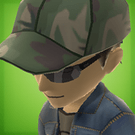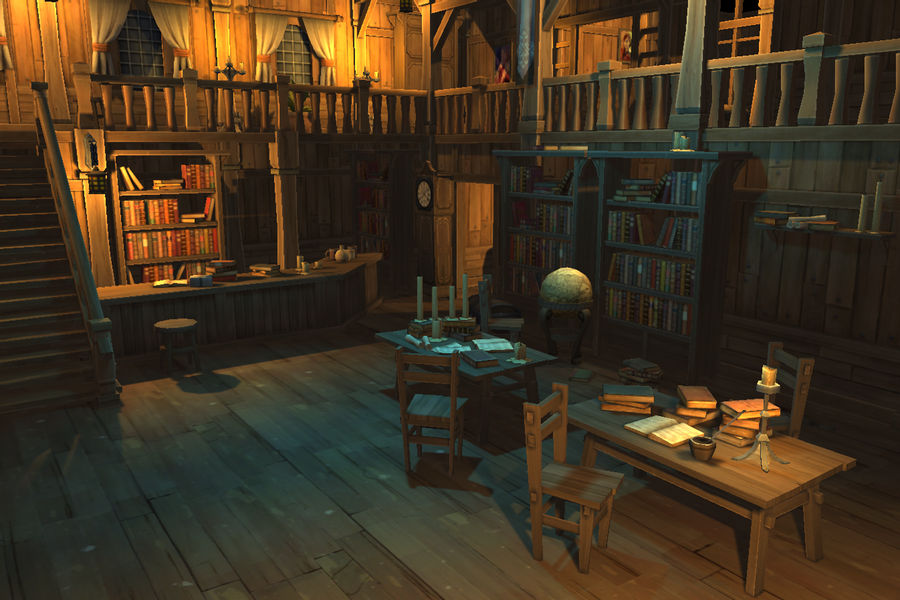I just saw this nice Blender technique: https://www.youtube.com/watch?v=sB09T--_ZvU
And i would love to know how it would be possible to export that scene to Urho. Which built-in material supports that? Also, how big can the scene be?

I just saw this nice Blender technique: https://www.youtube.com/watch?v=sB09T--_ZvU
And i would love to know how it would be possible to export that scene to Urho. Which built-in material supports that? Also, how big can the scene be?

Hey darkirk,
You can check out my Blender Simple Lightmap Export example if you’re new to exporting scenes or models with lightmaps. This is using reattiva’s exporter addon: GitHub - reattiva/Urho3D-Blender: Blender to Urho3D mesh exporter

Thanks for the help! I have a few questions about your technique:

Have you looked at Atomic Game Engine, specifically the AtomicGlow, https://discourse.atomicgameengine.com/t/atomic-glow-work-in-progress/281
I haven’t played with it but it seems to be coming along very nicely:


Is it like a paid engine? On top of Urho?

It used to be a paid model but Josh did away with that about a year ago and it’s now MIT license. And yes, core is Urho3D.


Since the scene is all one big mesh, can i apply frustum culling on submeshes? What about LODing?

I’m not quite sure and it would be better if you just try it out. Here’s also a link to the rendering doc.
Note that many more optimization opportunities are possible at the content level, for example using geometry & material LOD, grouping many static objects into one object for less draw calls, minimizing the amount of subgeometries (submeshes) per object for less draw calls, using texture atlases to avoid render state changes, using compressed (and smaller) textures, and setting maximum draw distances for objects, lights and shadows.

Thank you so much for the attention.
